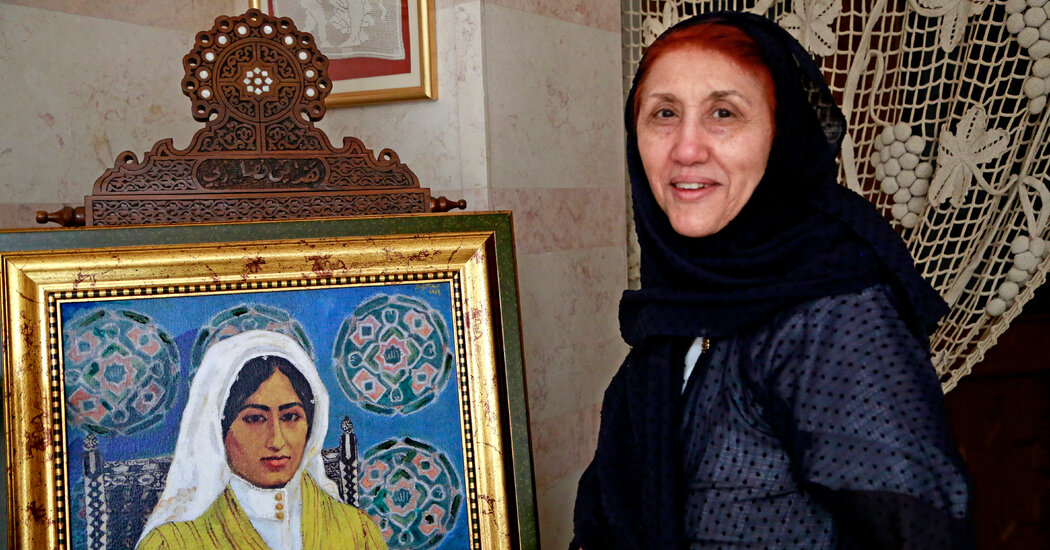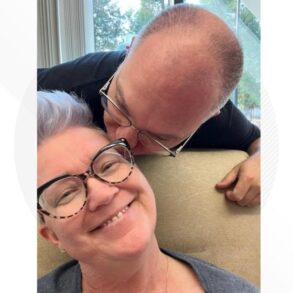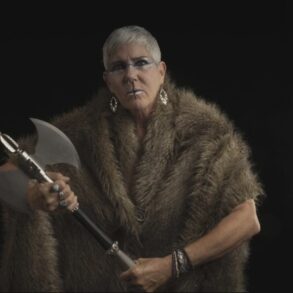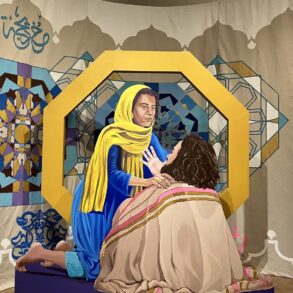
Despite the gender restrictions of Saudi society, she claimed a place for herself, and other women, in the country’s art scene.
The Saudi Arabian artist Safeya Binzagr’s groundbreaking moment came in 1968, when she had her debut exhibit, at a girls’ school in the coastal city of Jeddah. It was the first time a woman had shown her art publicly in the country, and the distinguished group of attendees included Saudi royals, diplomats and intellectuals.
But because women were prohibited from appearing at public events, she was unable to attend.
“I was not there physically, but I was there in spirit,” Ms. Binzagr would later say, recalling how she watched the crowd from the top floor.
It was a telling moment in her career: As a female artist, she was celebrated yet unseen, her work at the forefront of the country’s nascent art world while she remained behind the scenes. Despite the restrictions of Saudi society, though, Ms. Binzagr celebrated her heritage — advancing women’s role in Saudi Arabian art, starting classes and opening one of the first art museums in the country.
“Safeya Binzagr is one of the most consequential artists of the Arab world of the 20th century,” Sultan Sooud Al Qassemi, a prominent Emirati writer and art collector, said in an interview. While “you couldn’t show photographs of women” in Saudi Arabia, he added, she realized that “you could depict them in paintings.”
Ms. Binzagr (pronounced bin-ZAH-gur) died on Sept. 12 in Jeddah, her family said. She was 84. No additional details were provided.
In Saudi Arabia, Ms. Binzagr’s work is considered one of the earliest efforts to preserve the national heritage through art. “I love history,” she said this year in a video interview. “Why not write it with my brush?”







